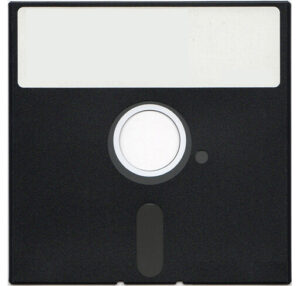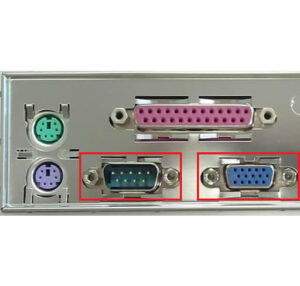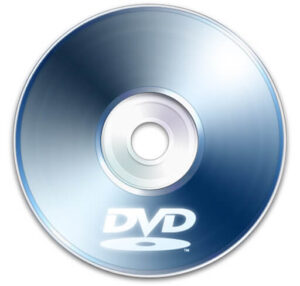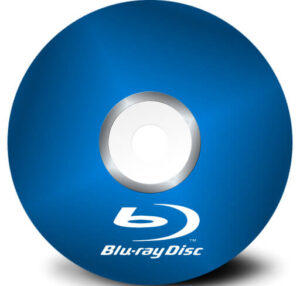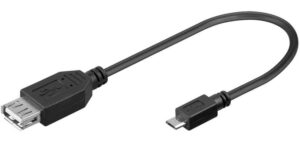Floppy Disk
5.25 Inch, 1.2 MB
Ports Used in Computers
Parallel Port
A parallel interface for connecting an external device such as a printer. On PCs, the parallel port uses a 25-pin connector (type DB-25) and is used to connect printers, computers, and other devices that need relatively high bandwidth.
Serial Port
A serial port is a general-purpose interface that can be used for almost any type of device, including modems, mouse, and printers.
SCSI Port
SCSI (pronounced SKU-zee and sometimes colloquially known as “scuzzy”), the Small Computer System Interface, is a set of American National Standards Institute (ANSI) standard electronic interfaces that allow personal computers (PCs) to communicate with peripheral hardware such as disk drives, tape drives, CD-ROM drives, printers, and scanners faster and more flexible, than previous parallel data transfer interfaces. SCSI standards are generally backward-compatible.
That is, if an older peripheral device is attached to a newer computer with support for a later standard, the older device will work at the older and slower data rate. In personal computing, SCSI interfaces have been replaced by Universal Serial Bus (USB). In the enterprise, SCSI is still being used in server farms for hard drive controllers.
USB Port
Universal Serial Bus (USB) is an industry-standard developed in the mid-1990s that defines the cables, connectors, and communications protocols used in a bus for connection, communication, and power supply between computers and electronic devices. USB was designed to standardize the connection of computer peripherals (including keyboards, pointing devices, digital cameras, printers, portable media players, disk drives, and network adapters) to personal computers, both to communicate and to supply electric power.
It has become commonplace on other devices, such as smartphones, PDAs, and video game consoles. USB has effectively replaced a variety of earlier interfaces, such as serial and parallel ports, as well as separate power chargers for portable devices.
